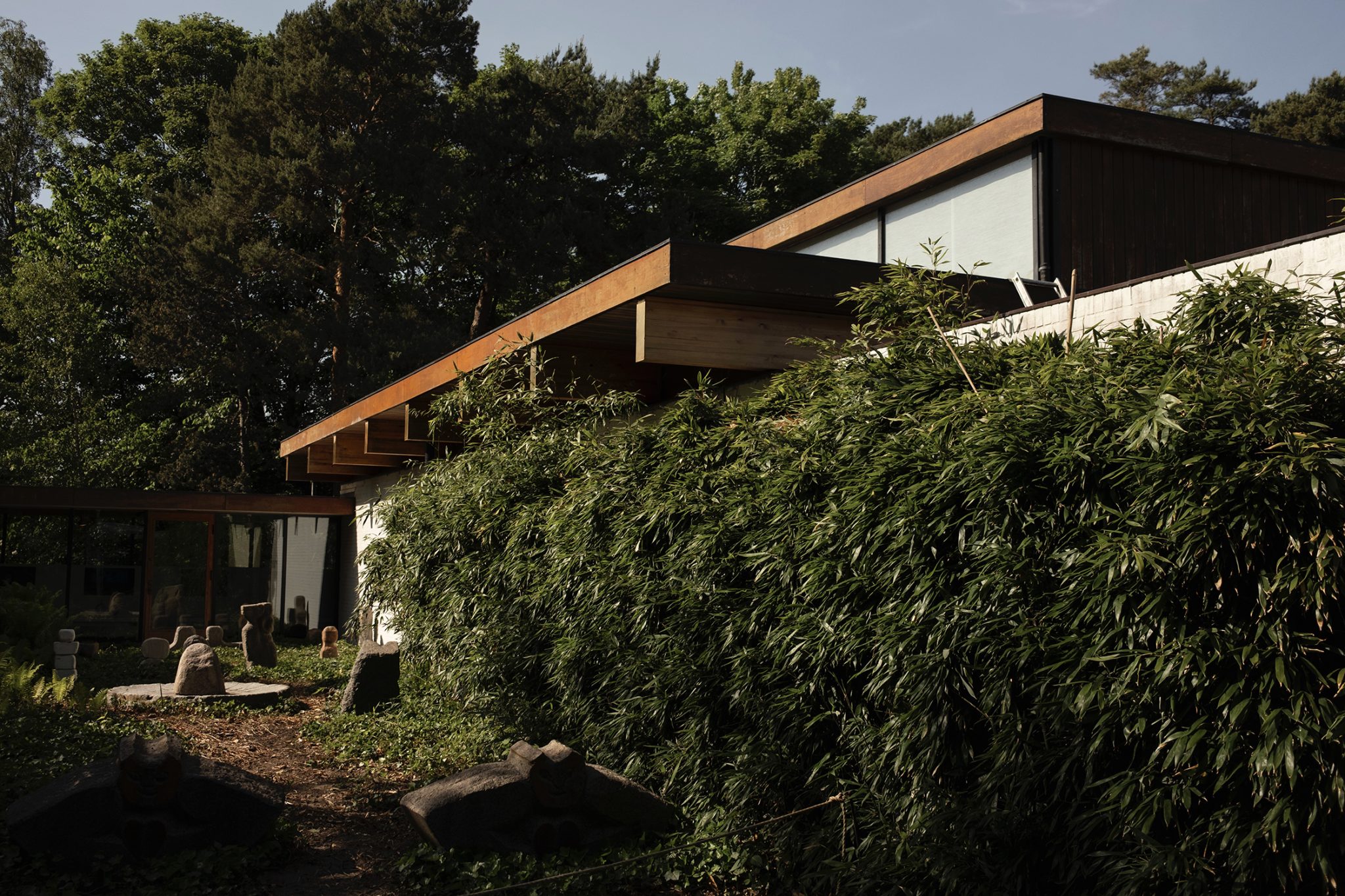Located in Copenhagen and surrounded by lush greenery, blended into the immaculate Danish landscape and sitting in between the tall trees that hide it as if it were shy, lies the Louisiana Museum. Founded by Knud W. Jensen in 1958, the property was initially a country house built in 1855 by Alexander Brun, an officer and Master of the Royal Hunt. The founder of the museum took over the property in 1955 and had an immediate vision: “It was an ideal location for a museum”, he wrote.
The process of turning his imagination into a reality began in mid-1956 in the hands of two well-renowned architects: Jørgen Bo and Wilhelm Wohlert. Their main objective was to link the architecture with the natural surroundings, a mission that they accomplished in the most delicate form and have kept on accomplishing with every expansion added through the years.
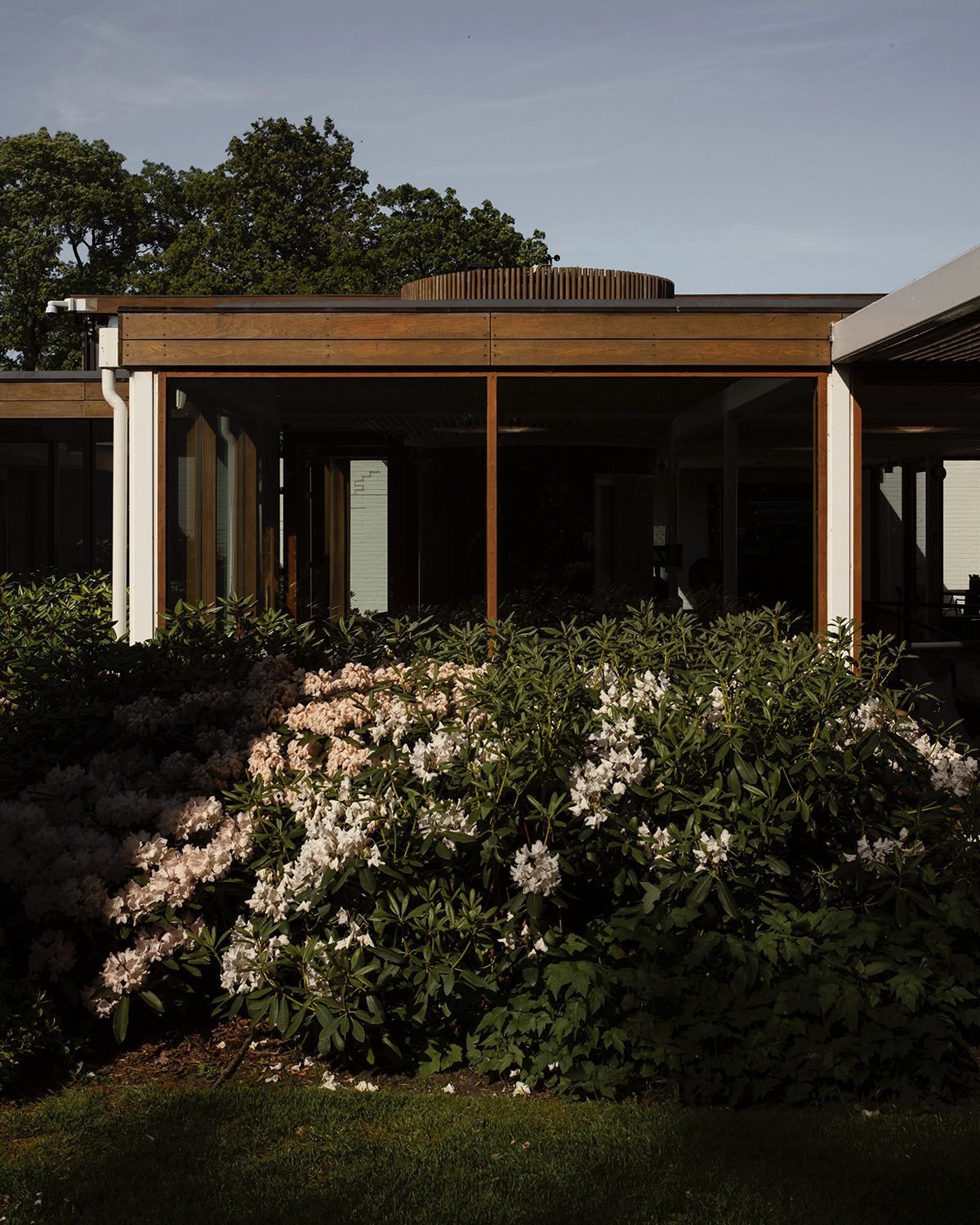
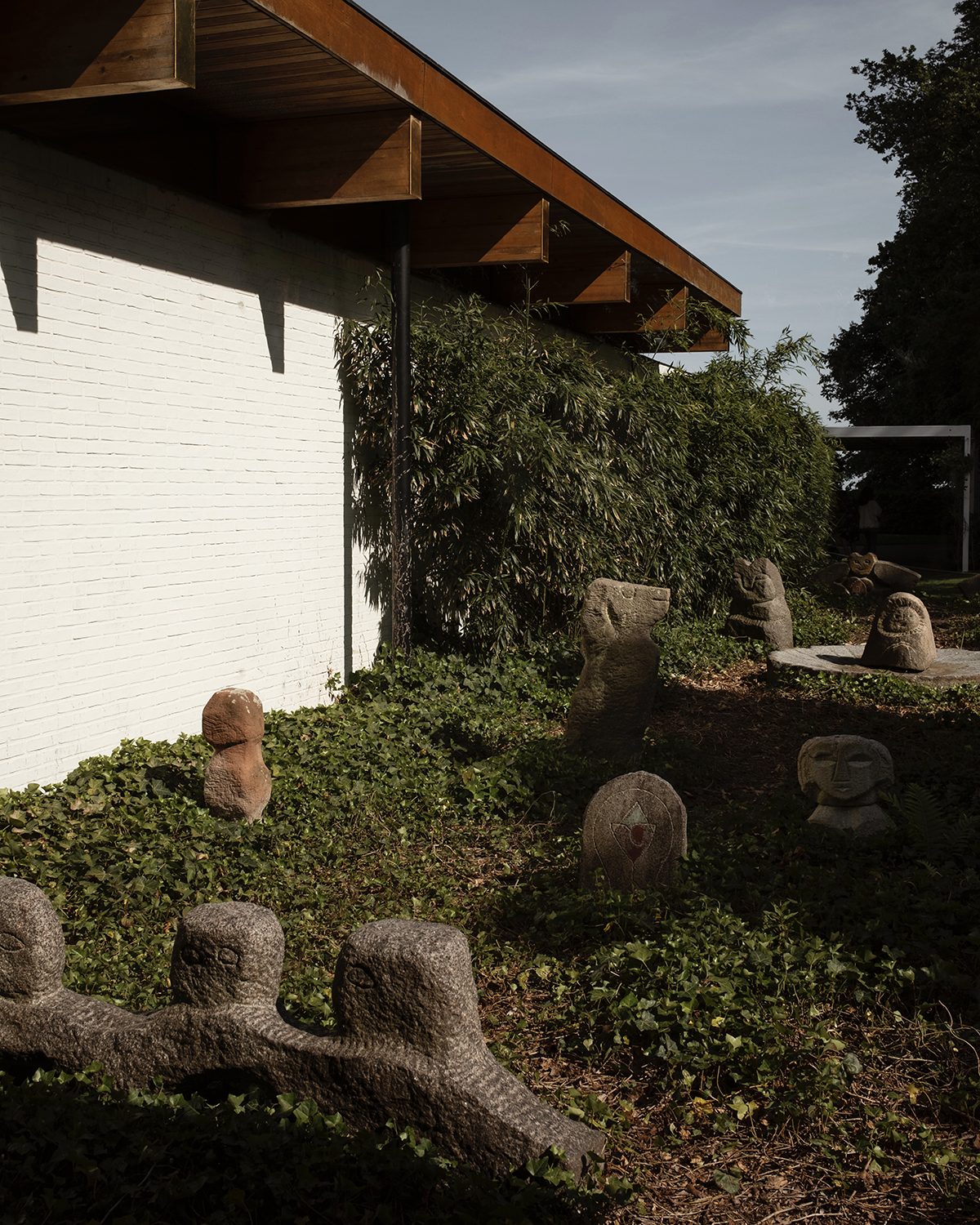
Every part of the space that constitutes the museum is a sample of this cohesive and coherent conception, probably because it has all been carried out by Bo and Wohlert. Their legacy and their taste can be observed all over, where every new piece of the puzzle fits perfectly. Not only is their particular style present in the design of the museum, but also their national background.
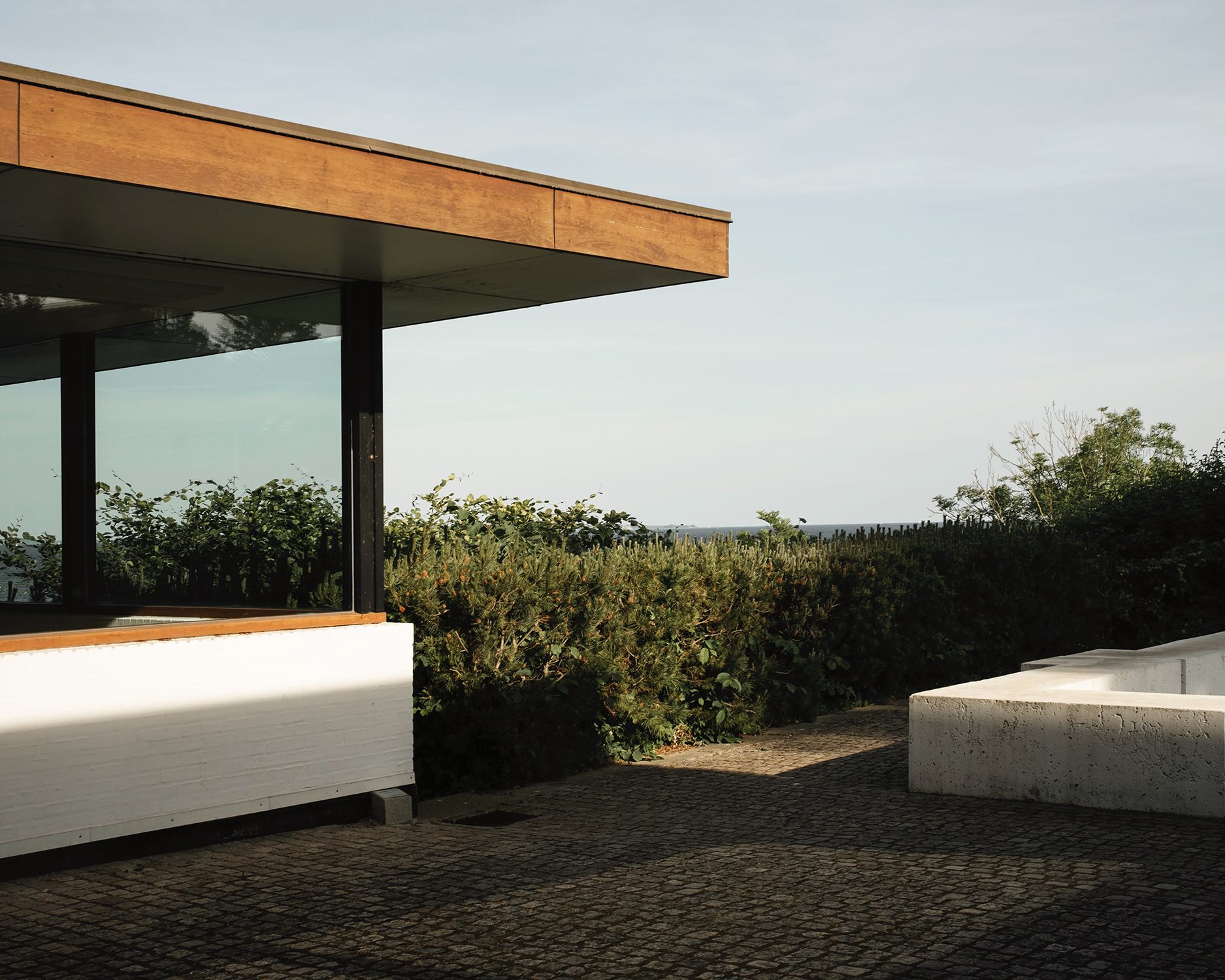
Both born in Copenhagen, their enrooted heritage has been sprayed onto the Louisiana Museum, considered a major work of Danish modernist architecture. An elegant, sleek and graceful building complex that looks like it was never not there. Nonetheless, it was not an easy task. The defined location ended up becoming the employer of the architects and the founder, deciding where the new buildings should stand and where the sculptures had to be placed.
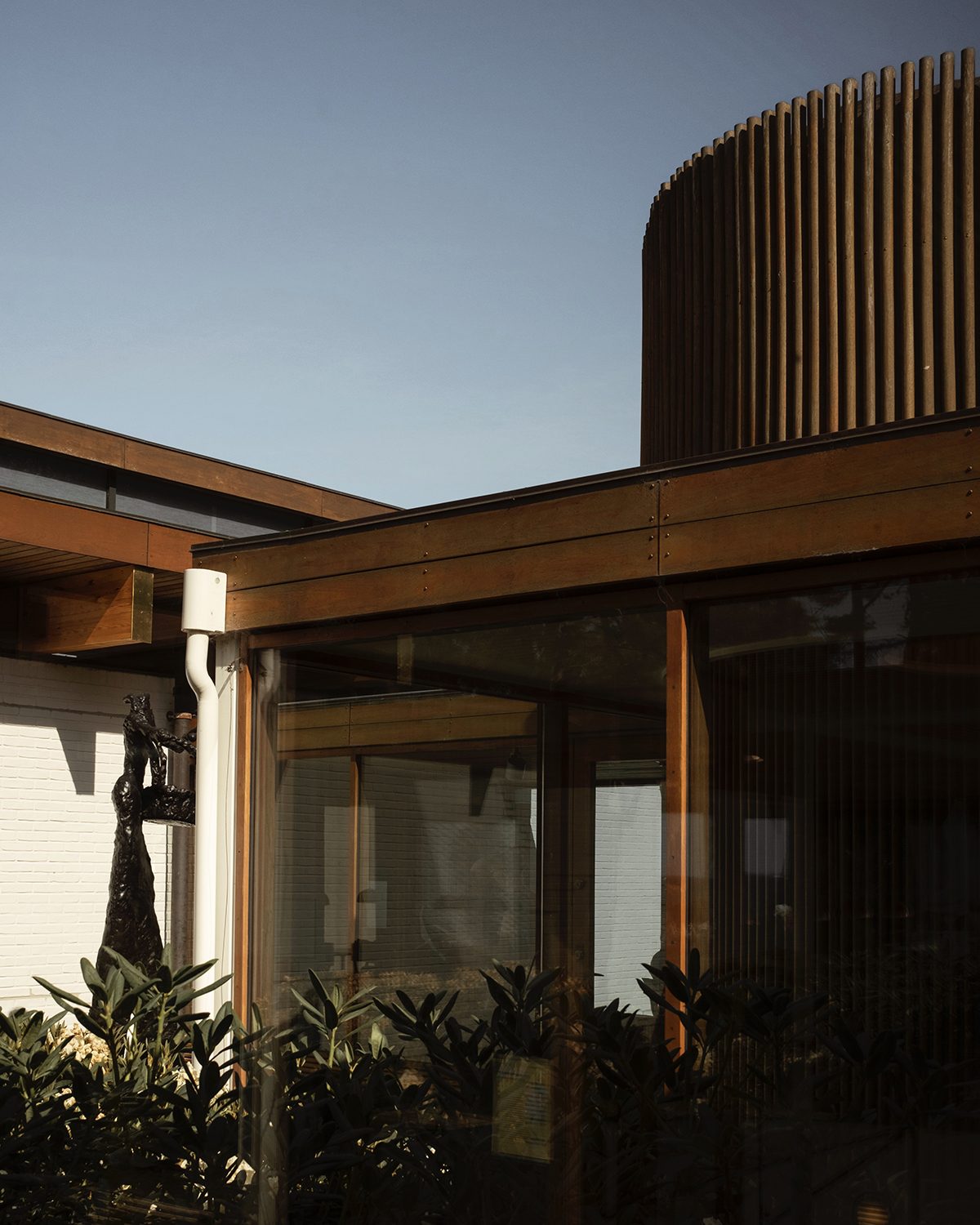

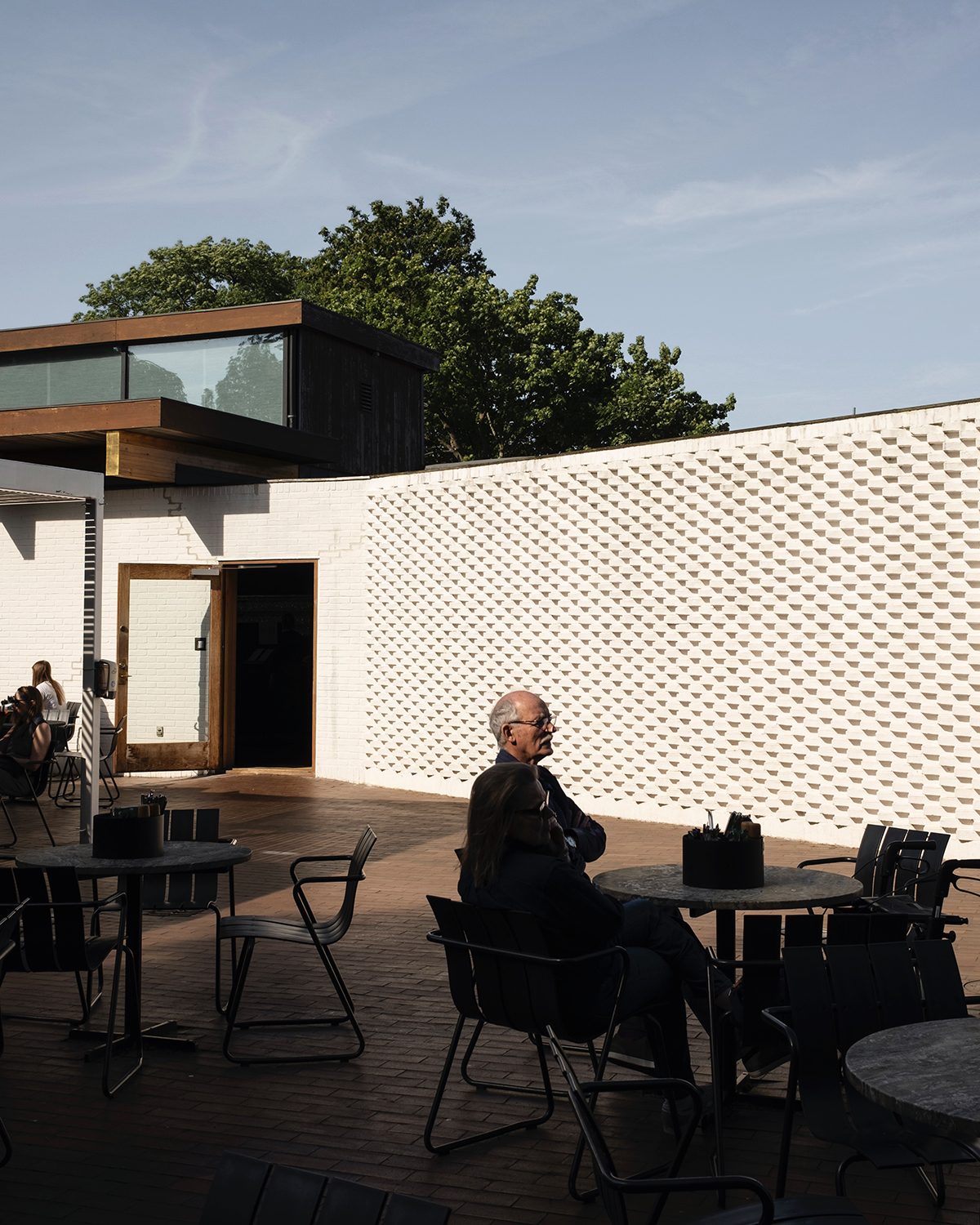
However, the architects were able to keep the original plan and fit the gradually expanding Louisiana Museum into the terrain, the trees, and the lawns. In fact, their initial -and final- idea was that the structures were connected not only with the environment but also with each other. In this sense, Bo and Wohlert designed a space that creates the sensation that the visitors are on a “covered stroll” through the park.
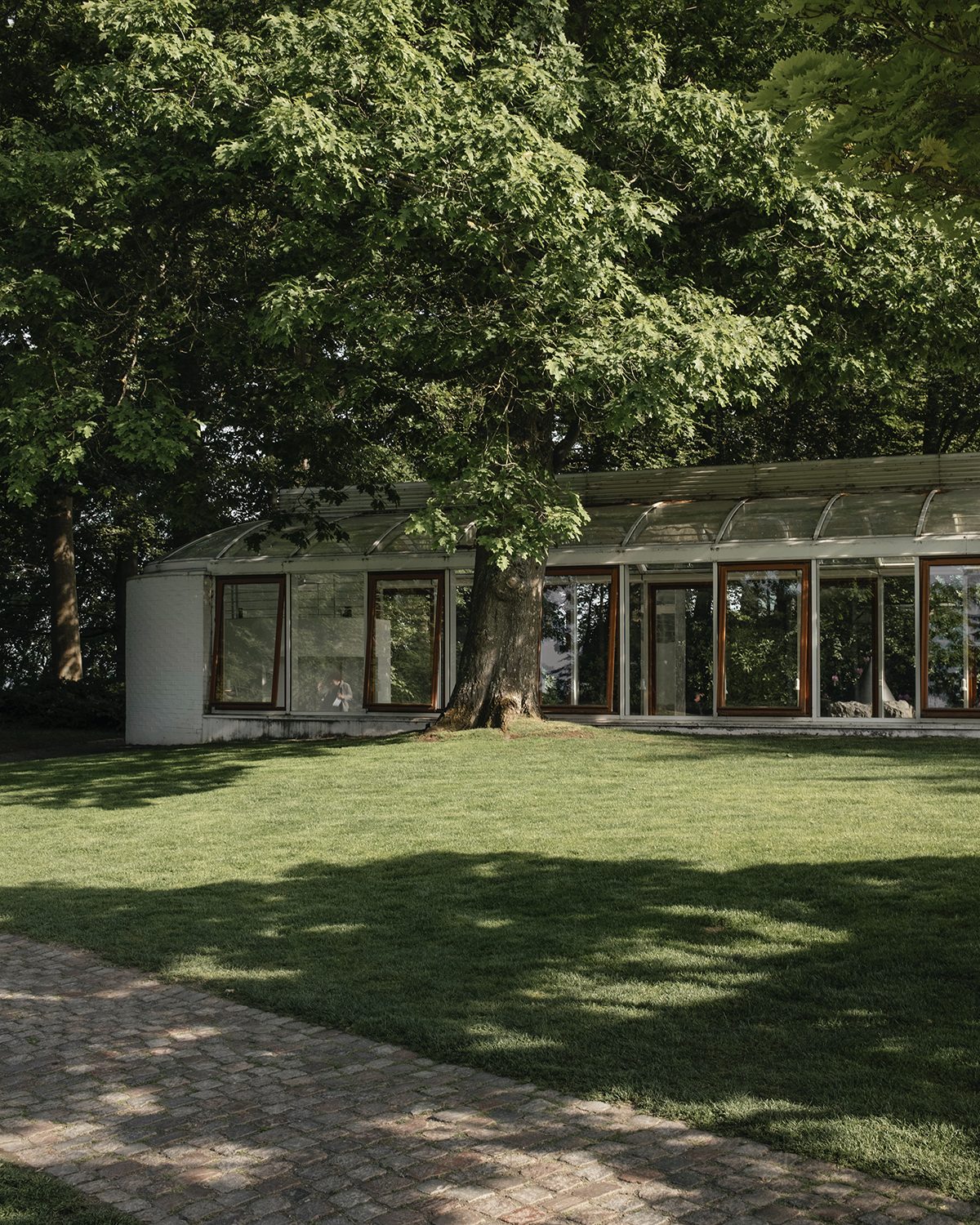
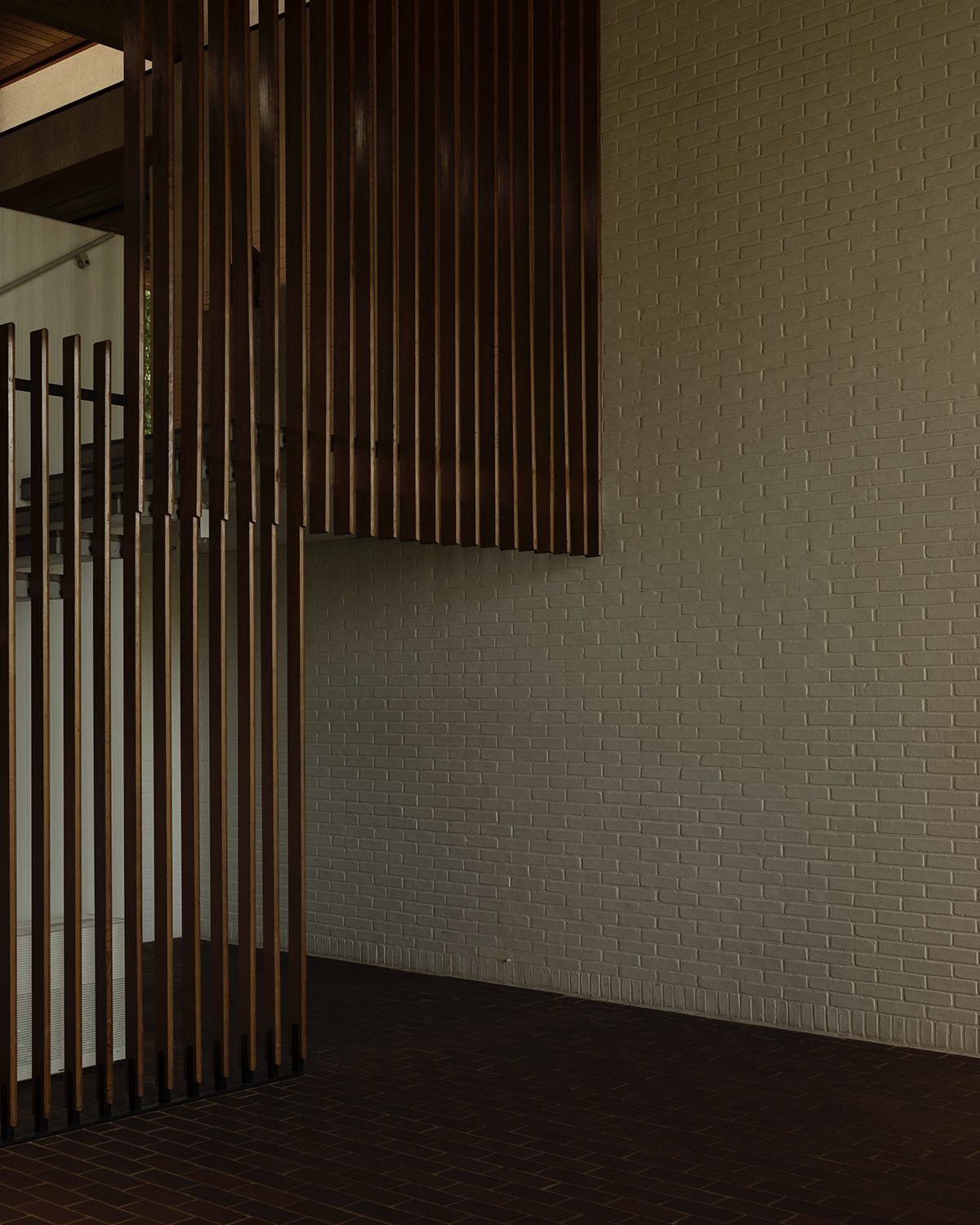
This impression is enhanced by Louisiana’s discrete pavilions and semi-transparent glass corridors that bring the green color palette of the outdoors into the museum’s interior and illuminate the art that is displayed inside with an organic and tasteful luminescence, as well as contributing to a unique architectural lightness. The wide windows, combined with the long whitewashed walls, exposed structures, laminated wooden ceilings, and deep-red tiled floors make the visitor feel like they are still wandering through the park.
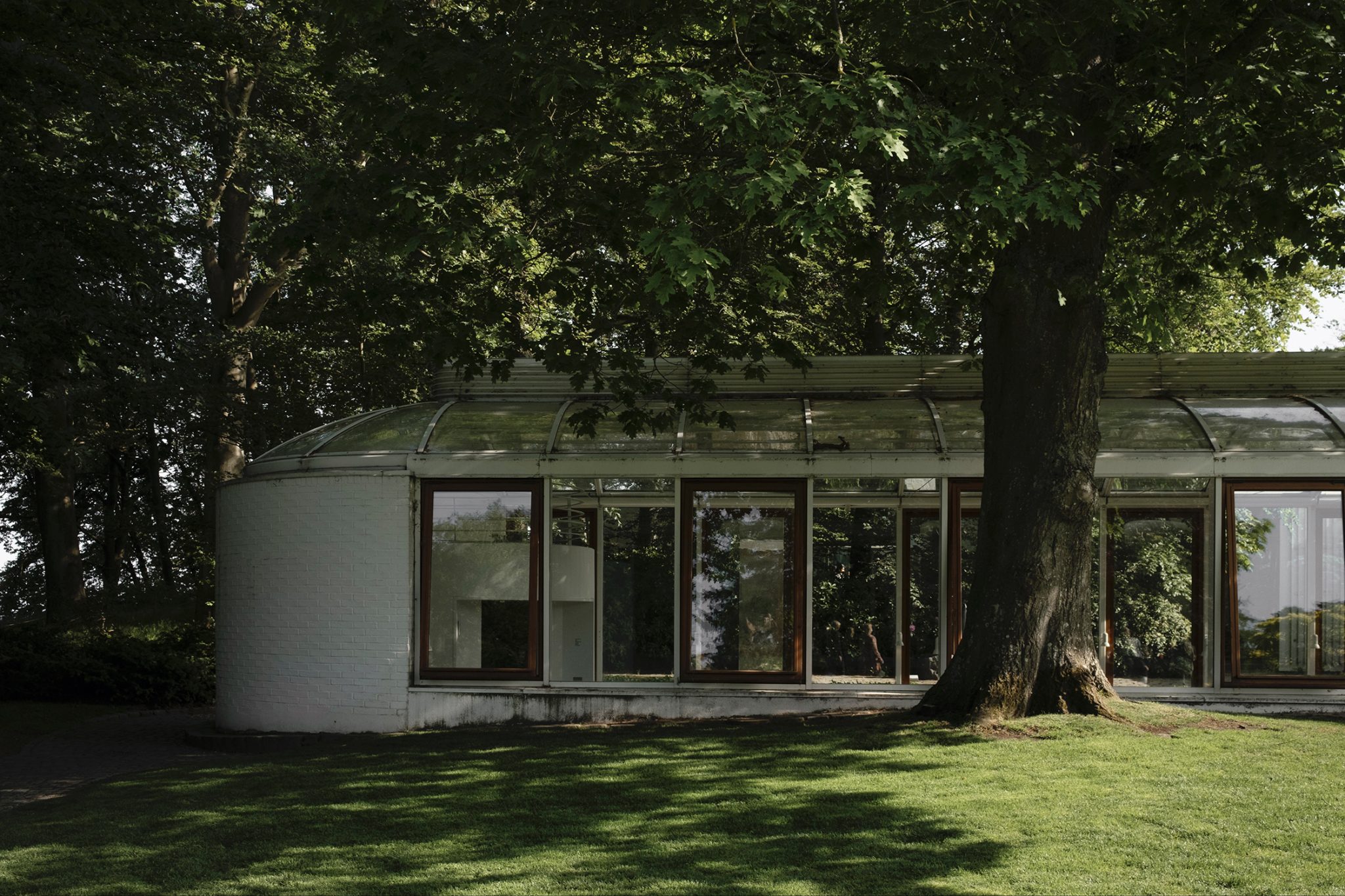
Knud W. Jensen had the purpose of creating a museum where the Danish population could gather and appreciate modern art, which wasn’t an option at that moment in time. This idea wasn’t groundbreaking only for this reason: the founder of the Louisiana Museum conceived art as a public experience. He envisaged his museum as an institution open to a wide audience, where every individual, irrespective of their background or social class, could attend, encounter and connect with the artworks.
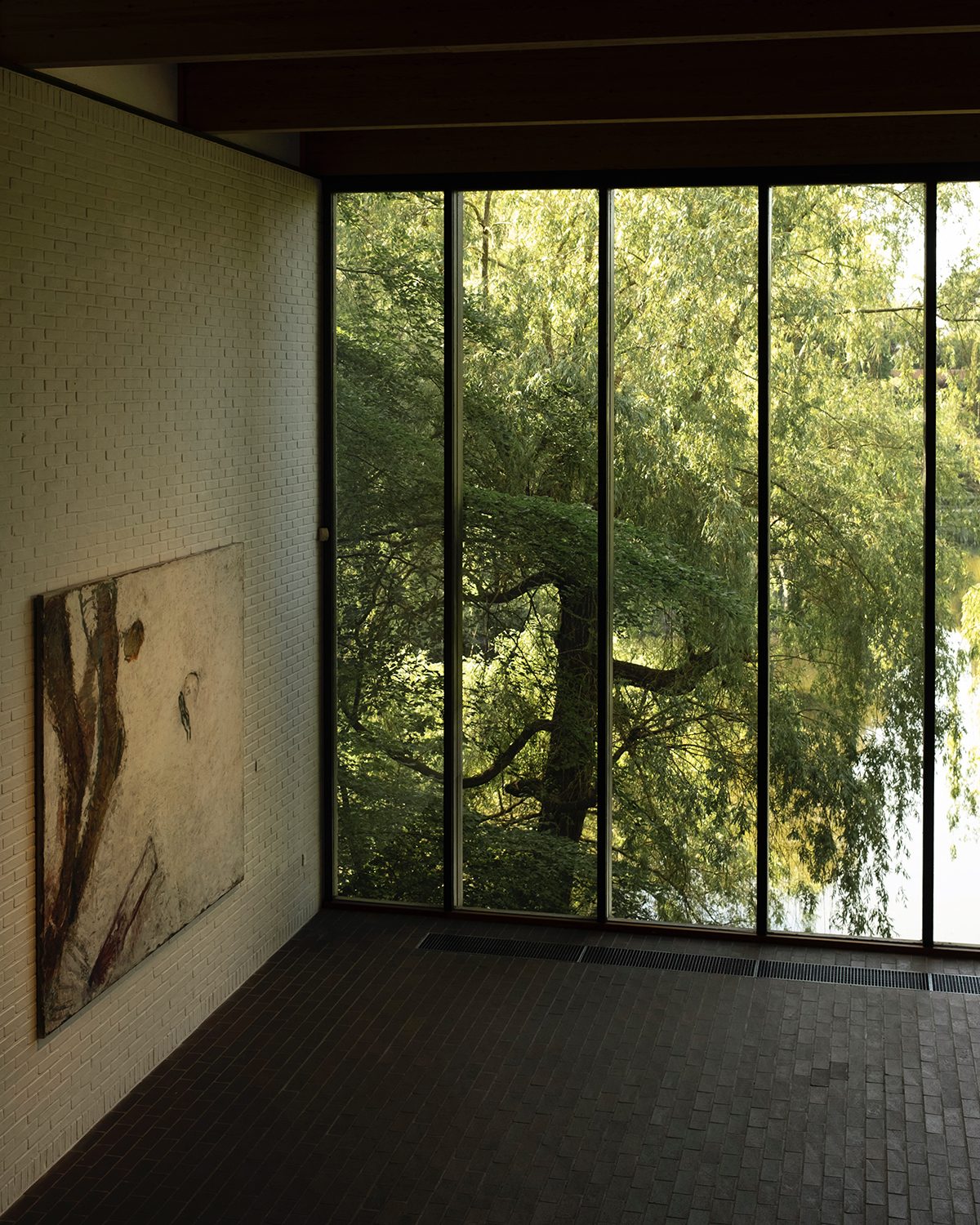
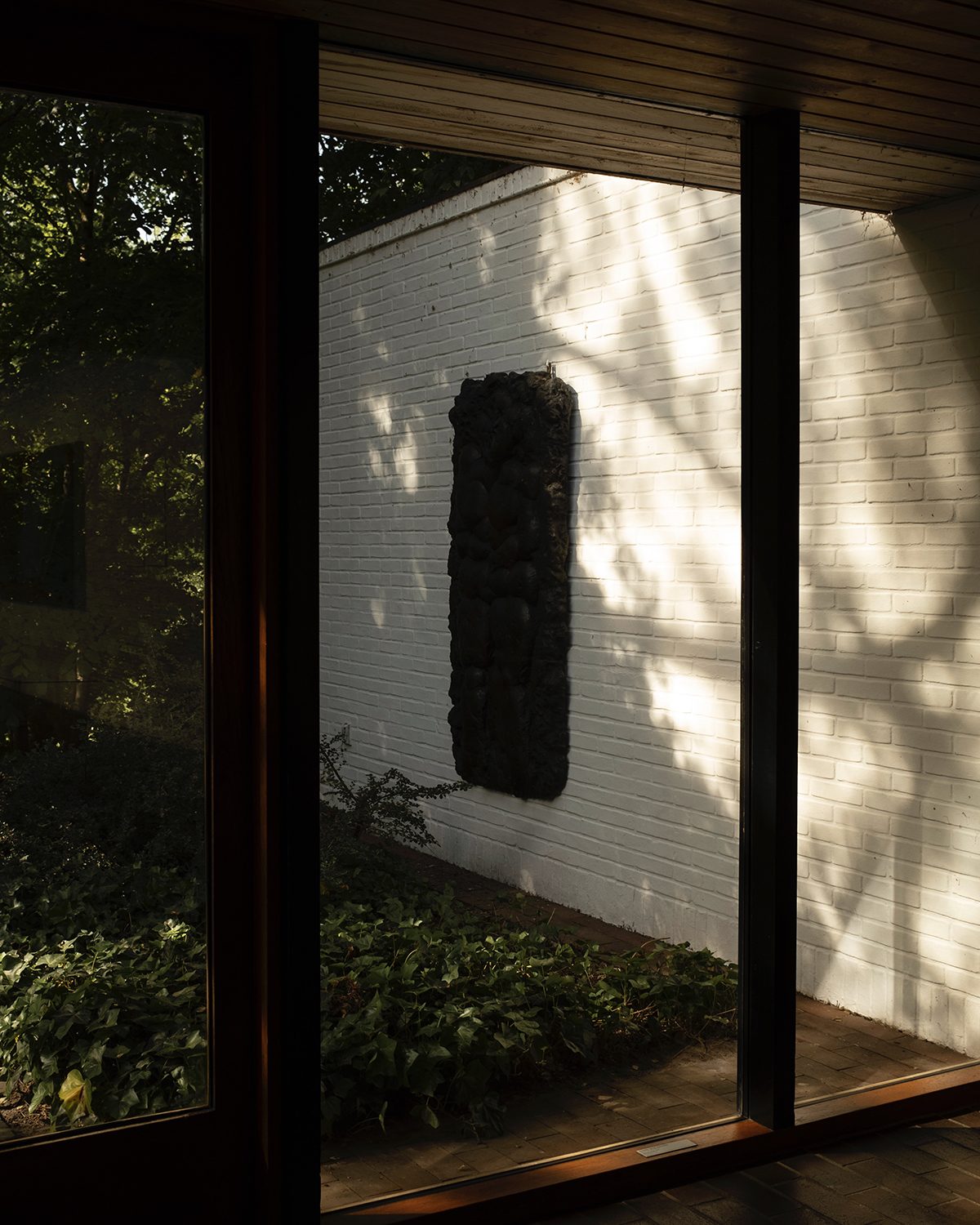
The founding father created a modern museum where art was everything but pretentious and even emphasized the need for “supplementary content” that could help bring alive and enrich the environment. And, to this day, Jensen’s project still has this revolutionary and innovative feeling to it. Currently, the Louisiana Collection holds up to 4,000 works of art that date from 1945 to the present, including almost every genre, especially paintings and sculpture.
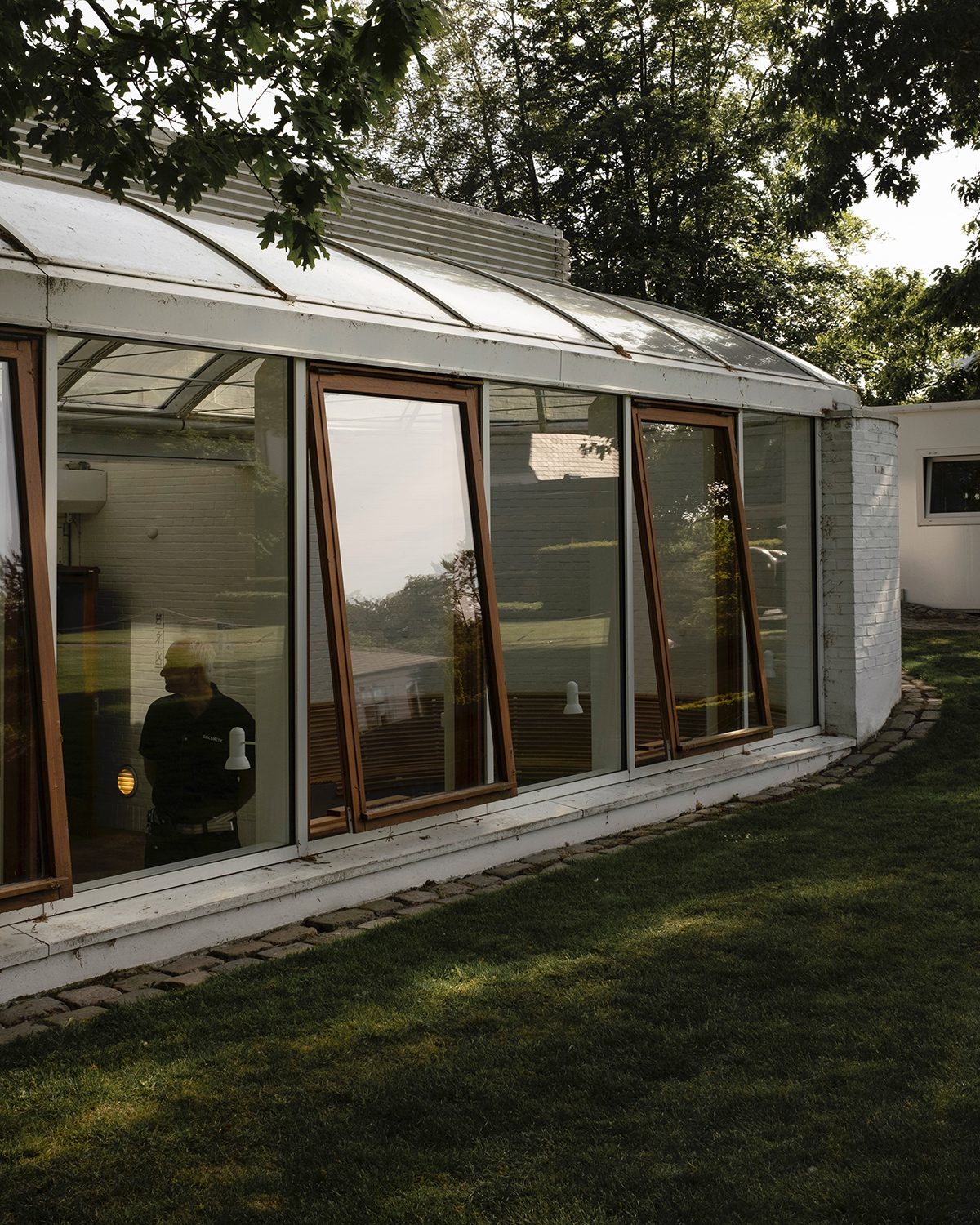
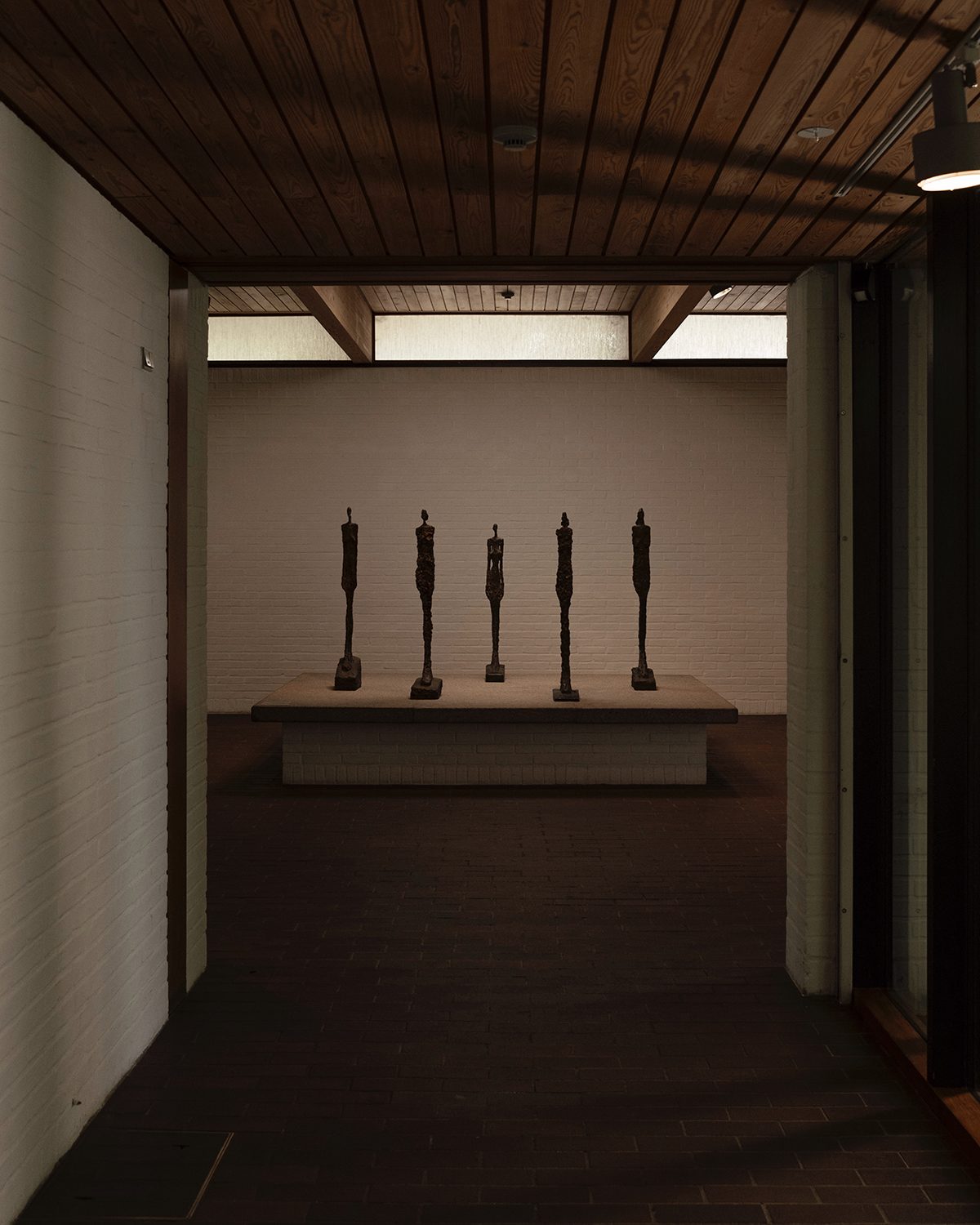
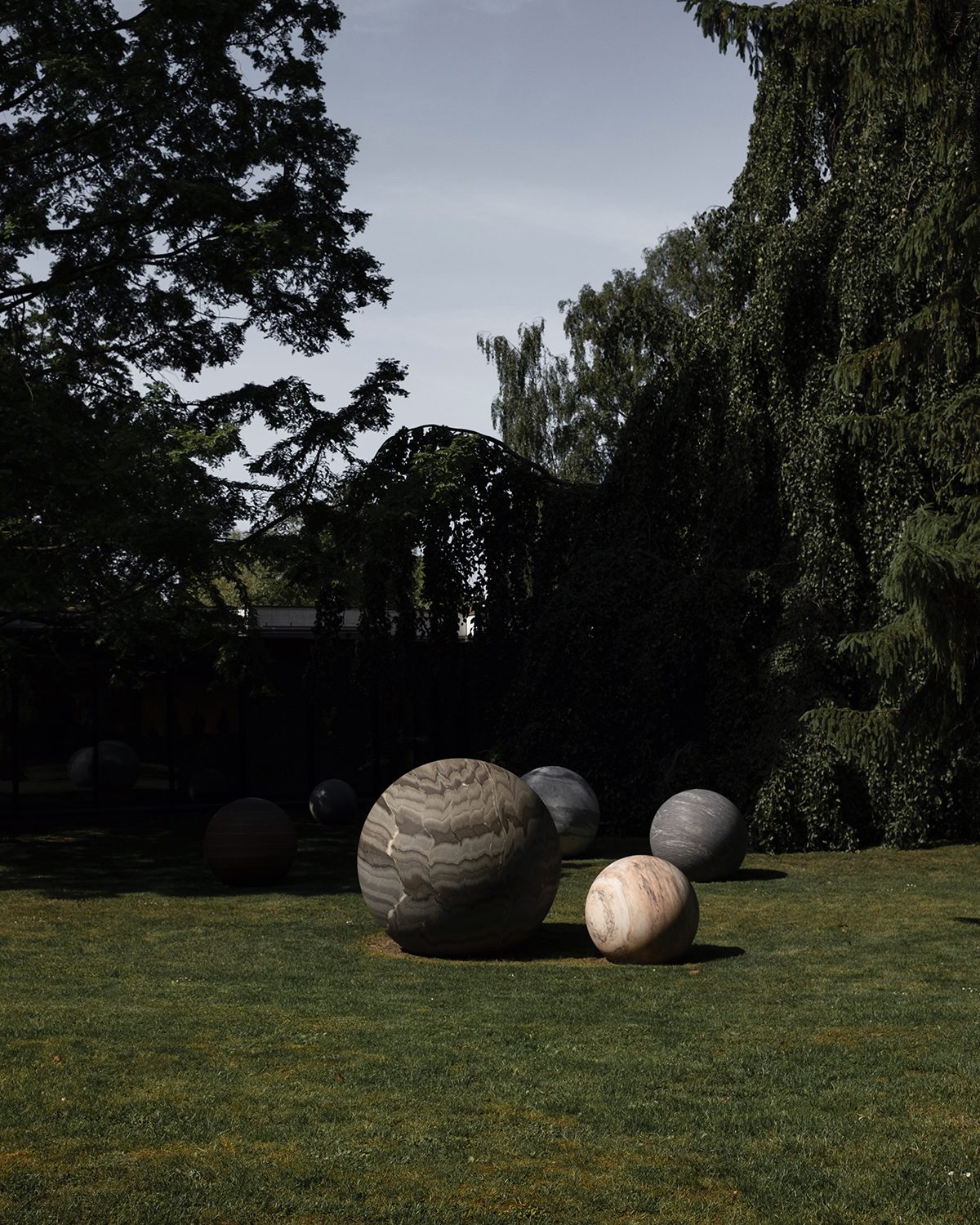
With an international perspective, the visitor can find works from all kinds and periods: Giacometti and Jorn, Yves Klein, Warhol, Kiefer, David Hockney, and many more. Since the complete collection is far too large to be shown in its entirety, the majority of it is exhibited in rotating selective presentations. Outside the building, in the Sculpture Park, the visitor will find 45 sculptures.


By carefully choosing every new addition to the collection, the Louisiana Museum focuses on the art, the artist, and the artistic period. Without the intention of portraying a chronological perspective of modern art, the museum founded by Knud W. Jensen acts like a capsule where some of the most talented artists never seem to age. 65 years after its opening, the museum named after Alexander Brun’s three wives —all named Louise— still stands as a reference for modern institutions.
